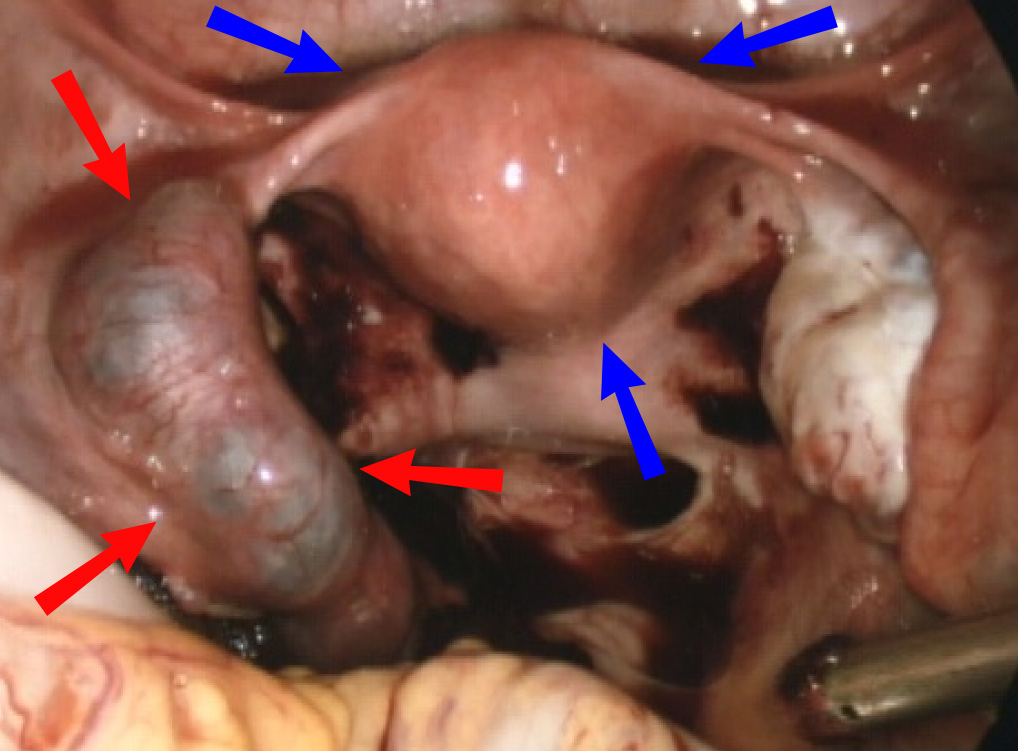In an ectopic pregnancy, the embryo implants outside of the uterus, most typically in the fallopian tube. In rare cases, ectopic pregnancies in the abdomen or ovaries can proceed to term,1 but in most cases, the embryo cannot continue to develop properly. Between 1% and 2% of all pregnancies are ectopic in the United States.2 If a pregnancy is ectopic, the signs and symptoms begin between five and eight weeks gestation.
Become A Defender of Life
Your donation helps us continue to provide world-class research in defense of life.
DONATECharlotte Lozier Institute
Phone: 202-223-8073
Fax: 571-312-0544
2776 S. Arlington Mill Dr.
#803
Arlington, VA 22206
Ectopic Pregnancies

If the embryo grows too large inside the mother’s fallopian tube, the tube will rupture and bleed. Ectopic pregnancies are the leading cause of pregnancy-related death during the first twelve weeks of pregnancy because of the subsequent internal hemorrhage, accounting for 2.7% of these deaths.3 The embryo cannot survive in the fallopian tube, and poses significant risk to the mother’s life, so the embryo is surgically removed or given drugs so that it stops growing.4 Several studies have observed that only 5-7% of embryos in ectopic pregnancies are still alive when the ectopic implantation is first detected.5 Even when the embryo has died, removing the remains is important for the health of the mother, because cells of the deceased embryo can continue to multiply, and cause the mother’s fallopian tubes to rupture.6
Sometimes, the embryo is still alive after it has been removed. The first direct observations of fetal movements in response to a light touch came from embryos removed from ectopic pregnancies. Researchers stroked different body parts with a thin paintbrush to discover how the embryos moved in response.7 As ultrasound technology improved, it confirmed the movement patterns seen in the ectopic embryos.8










